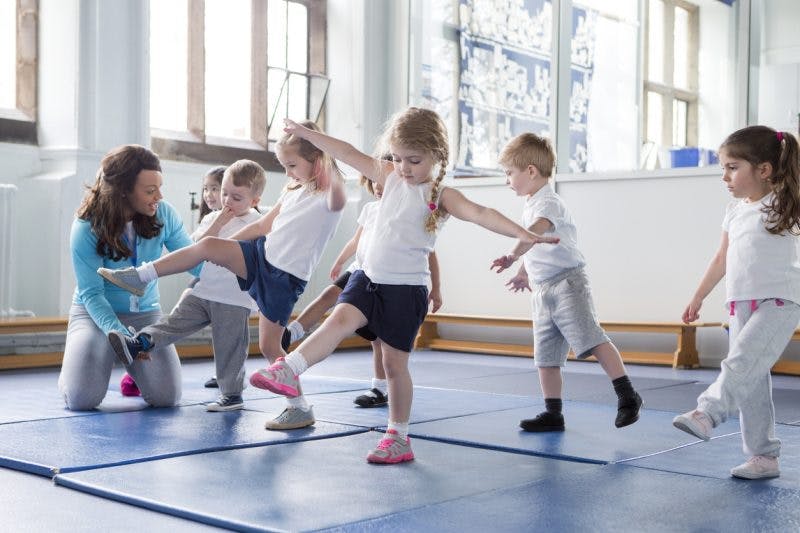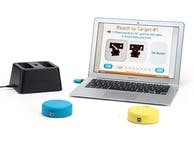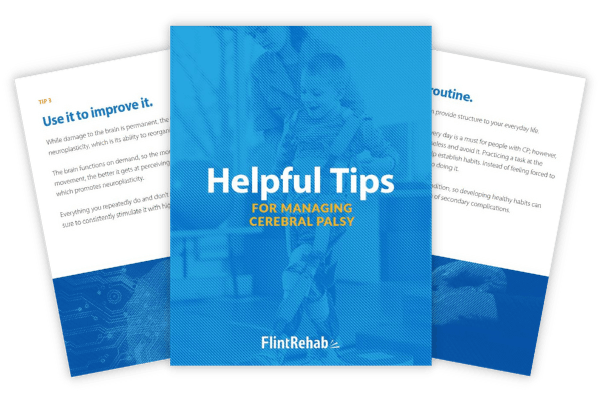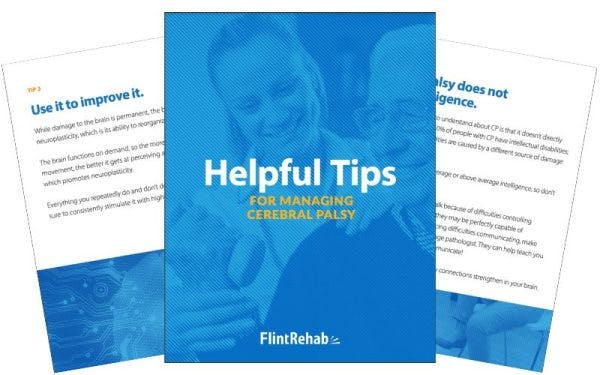Wondering what the best cerebral palsy balance exercises are?
Damage to the cerebellum will result in ataxic cerebral palsy. This type of cerebral palsy directly affects balance and coordination.
However, children with spastic or dyskinetic CP can also experience balance problems as a result of spasticity or uncontrollable movements.
Regardless of what type of cerebral palsy your child has, practicing balance exercises can help them strengthen weak muscles, minimize falls, and become more independent.
Core-Strengthening Cerebral Palsy Balance Exercises
The core is responsible for maintaining balance, so developing strong core muscles will help improve balance skills.
This article will share 5 balance-boosting exercises for children with cerebral palsy.
Let’s get started!
1. Horseback Riding

Horseback riding is a very popular form of exercise for children with cerebral palsy.
In fact, it’s an established therapeutic intervention called hippotherapy.
This is a really fun way for children with cerebral palsy to develop their balance skills.
Because the horse is moving, children continuously have to adjust their center of gravity to stay balanced.
The more they practice this, the better their balancing skills get.
Similarly, they’re so distracted interacting with the horse that they don’t realize how much they’re engaging their core muscles.
2. Walking in the Pool
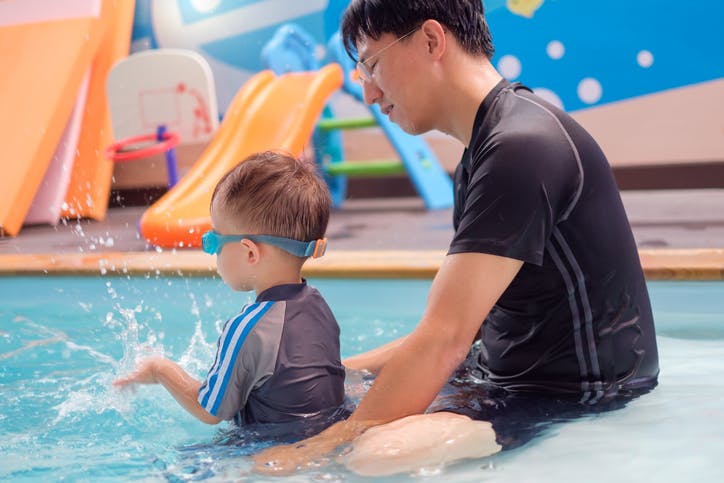
Moving around in the pool is a great way to practice walking because the buoyant force of water makes your child feel weightless and takes a lot of pressure off the joints.
This will allow your child to get a feel for how to walk with correct form.
The deeper your child’s body is submerged in water, the lighter they will feel. For example, if your child stands in a pool where the water is up to their knees, there will be more pressure on their joints than if the water was up to their chest.
Another valuable property of water is its viscosity (resistance). This is what makes it challenging to move quickly underwater and will help reduce the impact of a fall. Because of water resistance, walking or swimming in a pool is a great way to strengthen weak arm and leg muscles too.
Sitting on a pool noodle in the water is also a great (and fun) way for a child to challenge their balance and work on strengthening their core. Sitting with the pool noodle between their legs will likely be easier than sitting on it like a swing, but both ways are great to practice.
3. Playing on an Exercise Ball
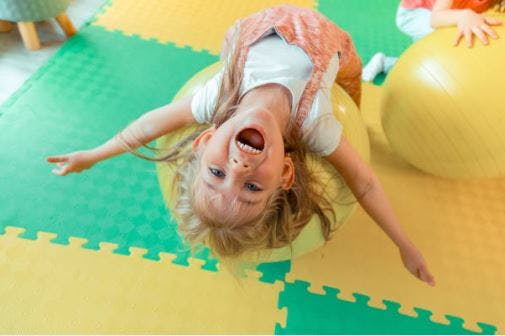
Most kids will see the giant ball and immediately think it’s a toy. Luckily, playing is one of the best ways for children to improve their mobility. They’ll want to bounce the ball around, sit on it, and lean their entire bodies over it.
Take advantage of their interest.
The ball’s unstable surface will force your child to practice shifting their weight and experiment with movement to find a balancing point.
There are also different types and sizes of exercise balls to try out. For example, a large, round exercise ball is much harder to sit and balance on than a peanut ball. Depending on your child’s needs, they may be challenged by one type of ball over another.
4. Deep Breathing

Take a deep breath. Did you notice how your core tightens, chest expands, and back straightens?
When you inhale, your diaphragm moves down to allow your lungs to expand and fill with air.
Deep breathing promotes trunk stability by engaging the core and enhancing posture.
Another benefit of deep breathing is that you can practice it almost anytime you want. You don’t need any equipment and can practice it sitting, lying down, or standing.
To make this more fun for kids, you can encourage them to use their imagination: Breathe in through the nose like you’re smelling flowers; breathe out through the mouth like you’re blowing out birthday candles.
5. Swinging

Playing on the swings can be a fun balance exercise for children with mild cerebral palsy.
Make sure your child holds on to the chains tightly and gently start swaying the swing back and forth.
Learning how to swing will teach your child how to shift their weight to maintain their balance.
The back and forth leaning motions will also help strengthen your child’s core.
Cerebral Palsy and Balance
Balance skills play a crucial role in a child’s mobility, safety, and independence.
As children with cerebral palsy grow, they generally will get heavier, and it can become more difficult for them to stay balanced.
Therefore, it’s essential to practice balance exercises as early as possible to minimize future complications.
Hopefully, this article helped you better understand how balancing problems can affect a child with cerebral palsy and why it is so important to practice exercises that strengthen their trunk muscles.

